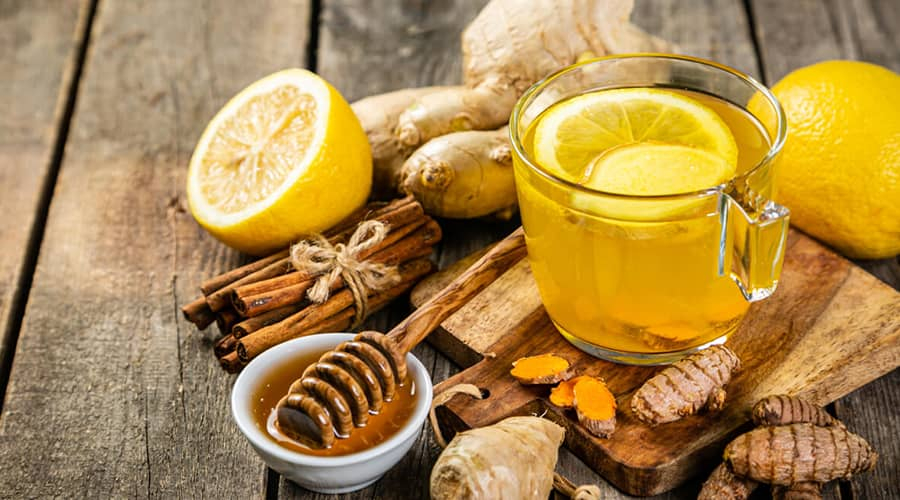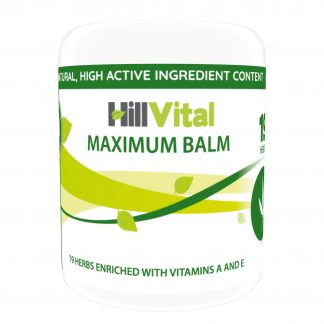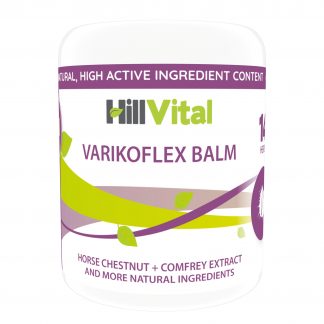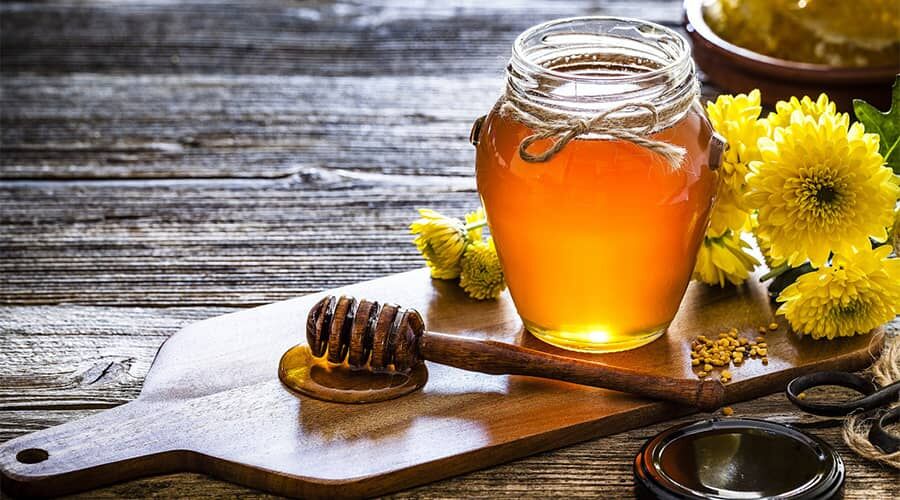
Ginger honey is a popular natural remedy that uses a combination of honey and ginger to enhance the medicinal effects. Both honey and ginger have a long history in traditional medicine, and individually they have many beneficial effects.
Traditional Use
Ginger:
Digestion: Ginger has long been used to treat digestive problems such as nausea, vomiting and indigestion.
Anti-inflammation: ginger’s anti-inflammatory properties have led to its use in the treatment of arthritis and other inflammatory conditions.
Pain relief: Ginger is used to relieve headaches, menstrual pain and muscle aches.
Honey:
Wound treatment: honey has long been used to treat wounds and burns because of its antibacterial and wound healing properties.
Immune boosting: honey contains natural antioxidants that help strengthen the immune system.
Coughs and sore throat: Honey is often used to relieve coughs and sore throats by coating and soothing the mucous membranes of the throat.
Beneficial Effects
Ginger honey combines the benefits of both ingredients and has many beneficial effects:
Strengthening the immune system: together, ginger and honey strengthen the immune system, helping to prevent infections and illness.
Improve digestion: ginger stimulates the production of digestive juices, while honey promotes healthy gut flora.
Anti-inflammation and Pain Relief: the anti-inflammatory properties of ginger combined with the natural analgesic properties of honey are effective in relieving joint and muscle pain.
Treating Coughs and Colds: Ginger honey is particularly effective in treating coughs, sore throats and colds. It soothes the throat, reduces the urge to cough and helps to loosen mucus.
Antioxidant power: Both honey and ginger are rich in antioxidants that help neutralise free radicals and protect cells from damage.
Energy and Vitality: ginger honey has a natural energising effect, increasing vitality and mental alertness.
Tips for use
In tea: A spoonful of ginger honey is excellent with tea, especially herbal teas such as chamomile or green tea.
In hot drinks: dissolved in hot water with a slice of lemon, it can be an excellent drink on cold winter days.
Added to foods: can also be used to sweeten salad dressings, dips or cakes.
How to make ginger honey at home
Fresh ginger
Honey
Grate the ginger, mix with honey and store in the fridge. One teaspoonful a day can be consumed.

Related products
-
 Maximum Balm$49.99
Maximum Balm$49.99 -
 Black Comfrey Balm$40.99
Black Comfrey Balm$40.99 -
 Pulmofresh Balm$35.99
Pulmofresh Balm$35.99 -
 Varikoflex Balm$49.99
Varikoflex Balm$49.99


